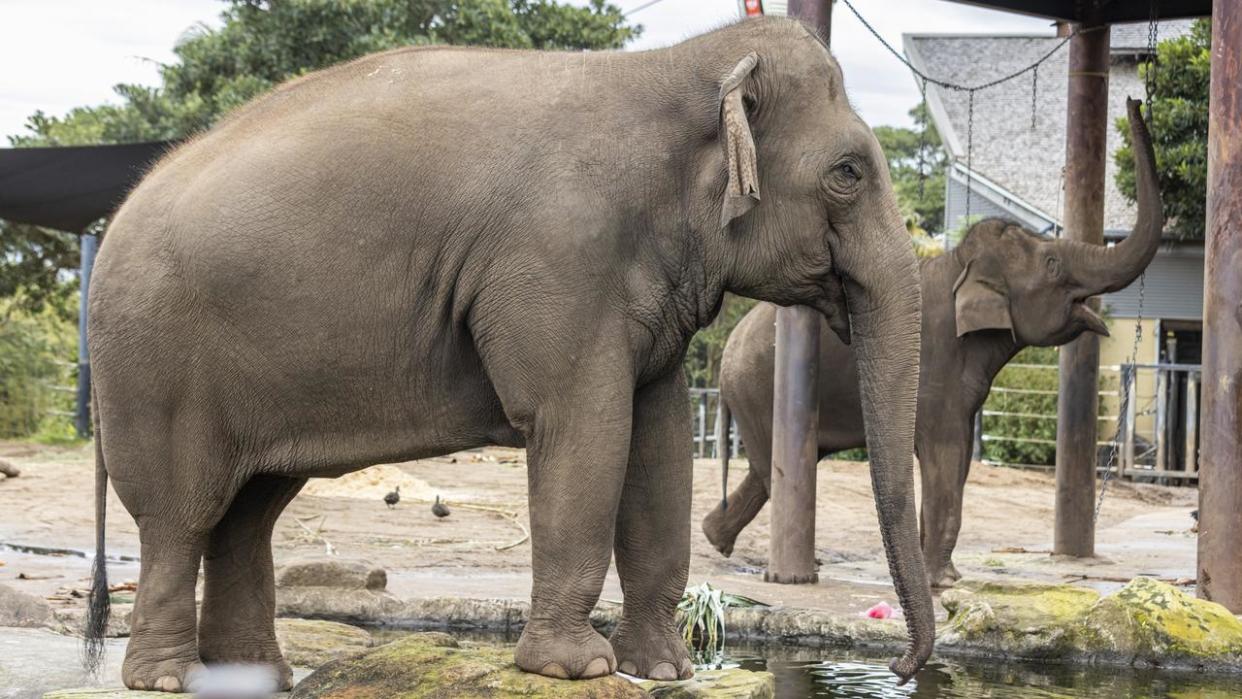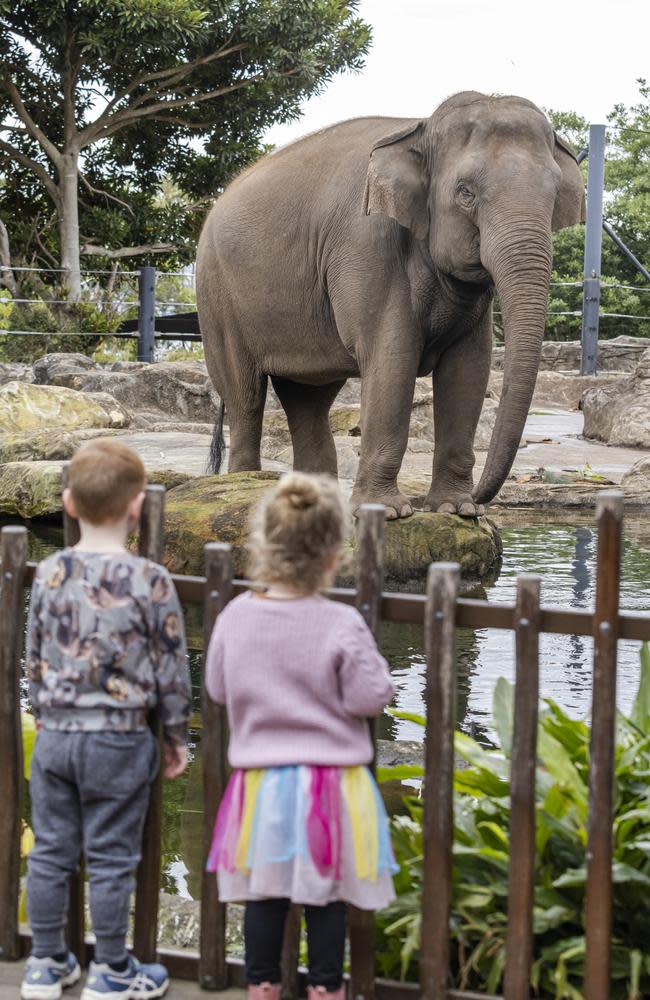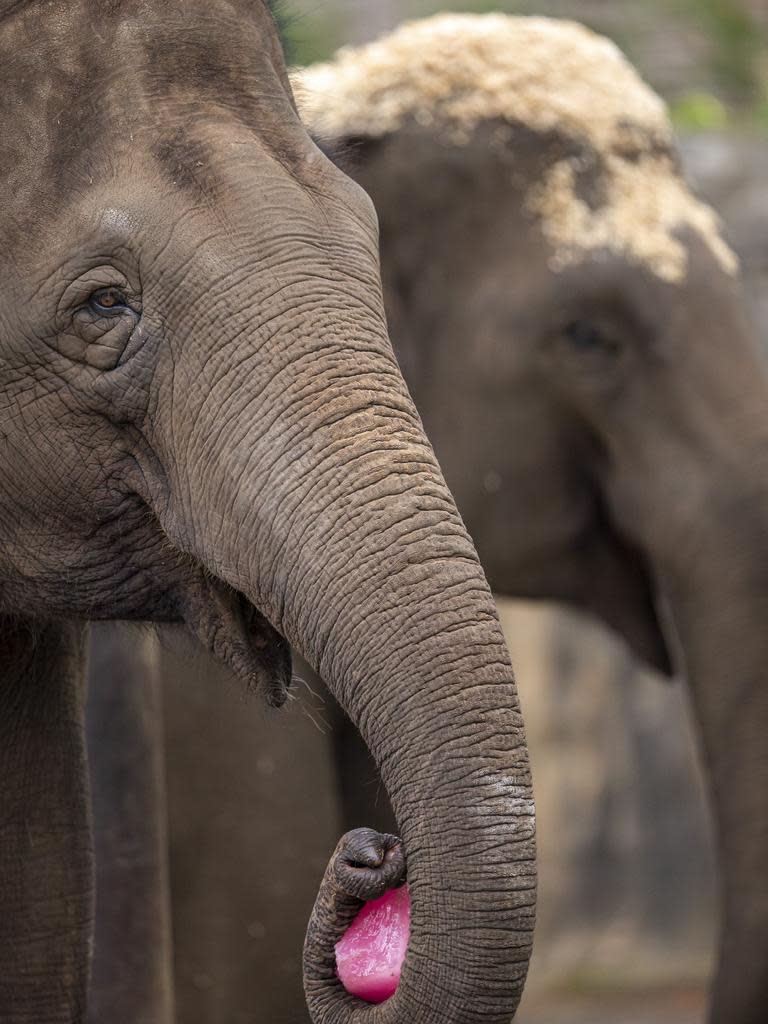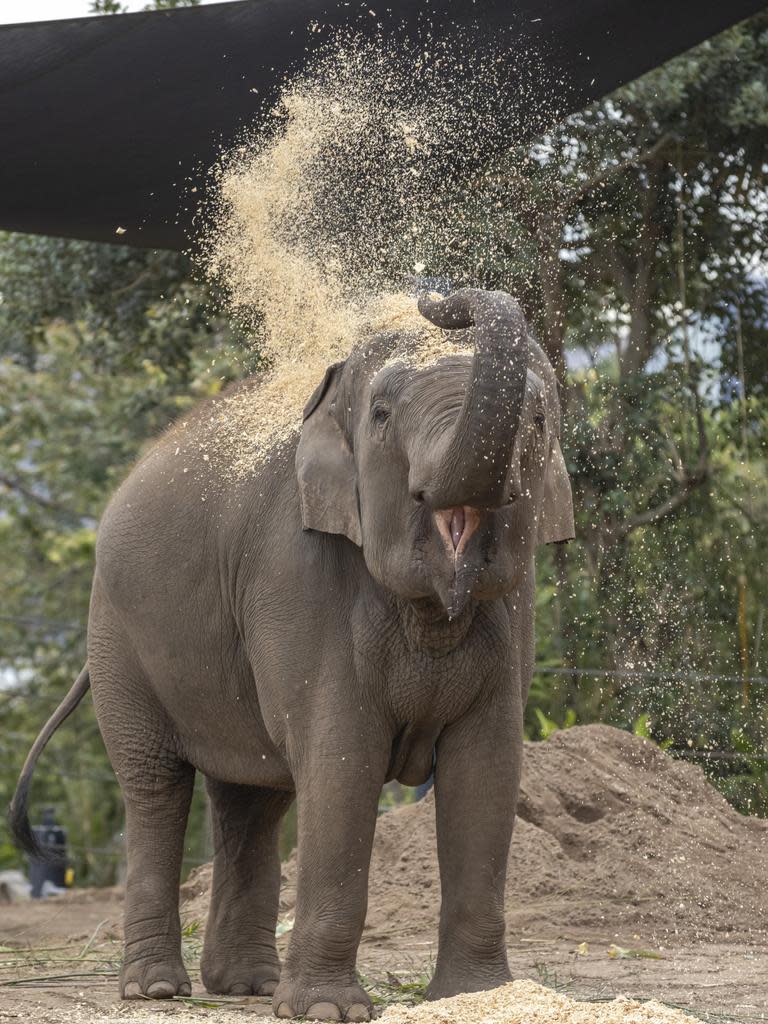Taronga Sydney farewells iconic animal

Taronga Zoo Sydney’s Asian elephants are set to depart after more than 100 years of the huge animals being at the city’s famous wildlife park.
Current resident elephants, females Tang Mo and Pak Boon, will leave for South Australia in mid-2025, to be in a larger and more social herd.
Taronga Conservation Society Australia chief executive Cameron Kerr said the breeding program Tang Mo and Pak Boon came to Australia for has now flourished across multiple zoos.
Tang Mo and Pak Boon were much-loved, educating conservationists and inspiring millions of visitors, Mr Kerr said.

The pair have been at Taronga Zoo Sydney since 2006, coming from Thailand with three others to initiate a breeding program.
A zoo spokesman said in the elephants’ place, a two-year-old Greater One-horned Rhino will come from Taronga Western Plains Zoo into a new multi-species habitat with a water buffalo.
“Taronga’s journey with elephants is far from over and we will continue to play an important role in conservation programs across Asia and of course in the regional breeding program with seven elephants in the thriving, multi-generational herd at Taronga Western Plains Zoo in Dubbo,” the spokesman said.


Until Tang Mo and Pak Boon left the zoo would celebrate, host farewells and thank the elephant keepers.
Joining Tang Mo and Pak Boon at the Monarto Safari Park east of Adelaide, will be a female elephant from Auckland Zoo and a male and female from Perth Zoo.
Asian elephants Burma, Permai and Putra Mas, coming from WA and New Zealand, are the foundation of a South Australia herd, the Monarto Safari Park says.

The first elephant to enamour patrons of the Sydney zoo was Jessie, a female from India who arrived 1883.
Jessie travelled across the harbour in 1916 to be a foundation resident of Taronga Zoo’s predecessor, Billy Goat Swamp Zoo.
The World Wide Fund for Nature (WWF) lists Asian elephants as endangered, with less than 50,000 left in the wild across south and southeast Asia.
They are “extremely sociable” forming groups of six to seven related females that are led by the oldest female, the matriarch, WWF information reads.
In the wild they keep grassland and forestry in good health, and as they bowl through dense forest, other animals can then move along the new paths.
They can spend up to 19 hours a day feeding, and can create about 100 kilograms of dung which spreads germinating seeds.


